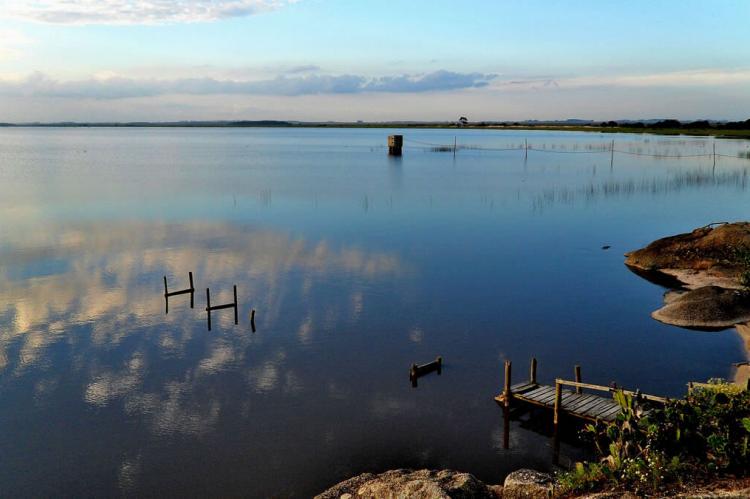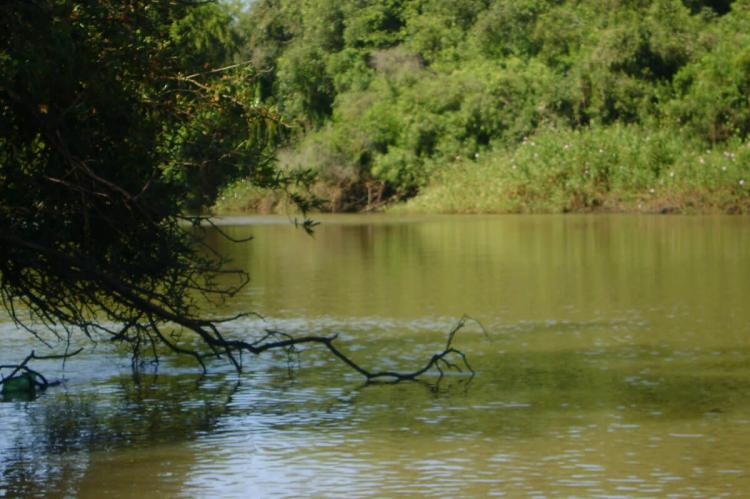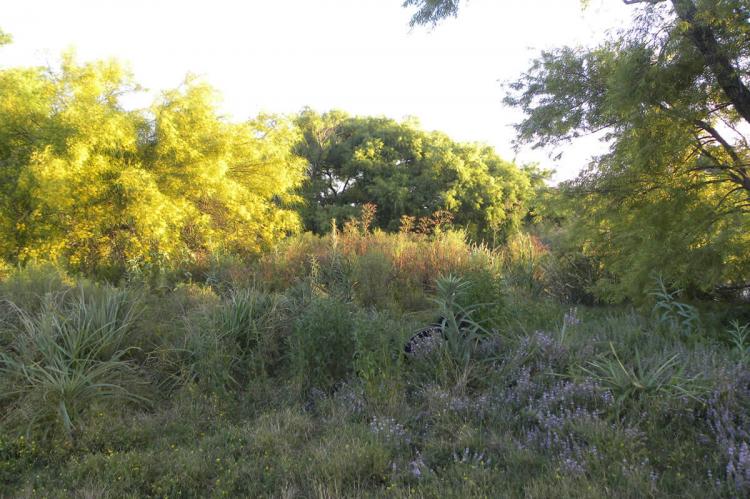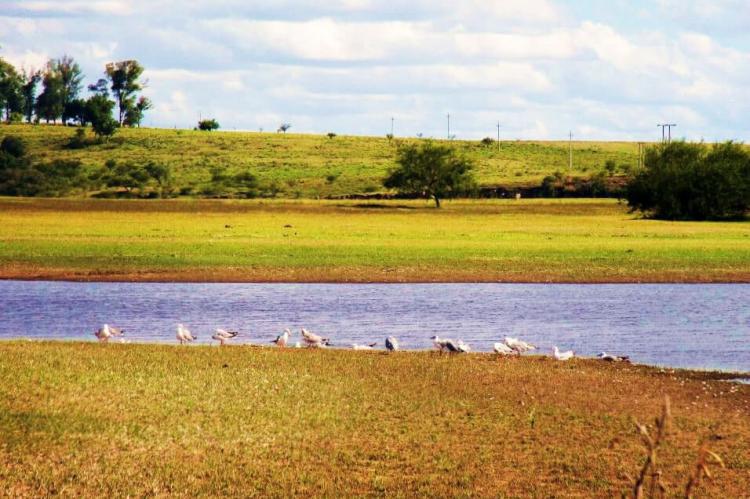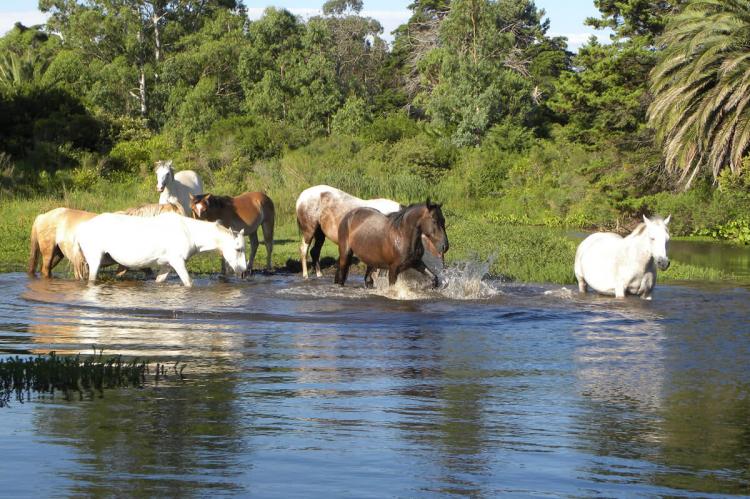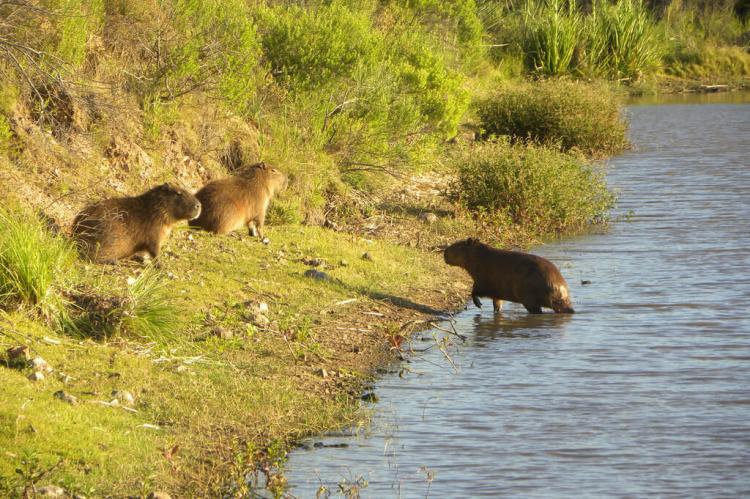Exploring the Ecological Tapestry of the Bañados del Este Biosphere Reserve
Nestled within the Eastern Wetlands region of Uruguay, the Bañados del Este Biosphere Reserve is a testament to the country's commitment to preserving its natural heritage. This reserve is an ecological marvel, a mosaic of ecosystems that support a remarkable array of plant and animal life.
Bañados del Este Biosphere Reserve: Uruguay's Wetland Jewel and Bastion of Biodiversity
Nestled within the Eastern Wetlands region of Uruguay, the Bañados del Este Biosphere Reserve stands as a testament to the country's commitment to preserving its natural heritage. Spanning approximately 407,000 hectares (1,000,000 acres) across the Rocha and Treinta y Tres departments, this UNESCO-recognized reserve is a true ecological marvel, a mosaic of diverse ecosystems that support a remarkable array of plant and animal life. Recognized as part of the Man and the Biosphere Program (MAB) in 1976, the Bañados del Este Biosphere Reserve serves as a living laboratory for sustainable development, conservation, and the harmonious coexistence of humans and nature.
A Tapestry of Wetlands and Coastal Wonders
The Eastern Wetlands Region: A Complex Ecosystem
At the heart of the Bañados del Este Biosphere Reserve lies the Eastern Wetlands region, a remarkable complex of ecosystems and vast coastal wetlands. This intricate network of lagoons, rivers, and interconnected habitats forms a rich tapestry of life, providing a sanctuary for numerous species categorized as near-threatened or endangered. The region's unique geography, characterized by low hills on rocky substratum and several remarkable coastal lagoons separated from the sea by narrow sand bars, creates a dynamic, ever-changing landscape that captivates the senses.
A Coastal Wonderland: Lagoons and Sand Bars
One of the most striking features of the Bañados del Este Biosphere Reserve is its coastal lagoons, which regularly open to allow seawater to enter, creating a unique interplay between freshwater and marine environments. This constant ebb and flow of water, coupled with the ever-shifting sand bars that separate the lagoons from the Atlantic Ocean, fosters a rich and diverse ecosystem that supports a wide range of aquatic and terrestrial species.
Biodiversity: A Treasure Trove of Life
The Butia Palm: An Iconic and Threatened Species
Among the many biological treasures in the Bañados del Este Biosphere Reserve, the 'butia' palm stands out as a true icon. This unique palm species forms nearly pure associations covering an area of approximately 70,000 hectares (173,000 acres), an unparalleled sight in the rest of the country. However, the butia palm faces the risk of extinction due to the aging of the plants and the cattle's consumption of the buds, highlighting the importance of conservation efforts within the reserve.
A Diverse Tapestry of Habitats
The Bañados del Este Biosphere Reserve's herbaceous communities are diverse, with Cyperaceae, Juncaceae, Gramineae, and Monte psamófilo dominating the landscape. Extensive stands of conifers add to the richness of the flora, creating a mosaic of habitats that support a wide range of wildlife. Despite the pressures of human activity, the indigenous fauna remains largely intact, except for the local extinction of the marsh deer (Lastocerus Blastocerus dichotomus), a poignant reminder of the need for vigilant conservation efforts.
Conservation and Sustainable Development
A Mosaic of Protected Areas
The Bañados del Este Biosphere Reserve encompasses several protected areas, each contributing to the overall conservation efforts within the region. These include:
- Monumento Histórico y Parque Nacional Fortaleza de Santa Teresa
- Parque Nacional y Reserva de Fauna y Flora de El Potrerillo de Santa Teresa
- Monumento Histórico Parque y Fuerte San Miguel
- Refugio de Fauna Laguna Castillos
- Reserva Forestal de Cabo Polonio y Aguas Dulces
- Monumento Natural de Dunas y Costa Atlántica
- Parque Nacional Lacustre de las Lagunas de Rocha y Garzón
This mosaic of protected areas ensures the preservation of critical habitats and the continuity of ecological processes.
Balancing Conservation and Sustainable Development
While over 90% of the Bañados del Este Biosphere Reserve area is privately owned, the reserve serves as a model for sustainable development and the harmonious coexistence of human activities and the natural environment. Through collaborative efforts with local communities, scientific research, and educational programs, the reserve aims to strike a delicate balance between conservation and the responsible utilization of natural resources, ensuring the long-term preservation of this unique wetland ecosystem.
Conclusion:
The Bañados del Este Biosphere Reserve in Uruguay is a shining example of the country's commitment to preserving its natural heritage and promoting sustainable development. With its intricate network of lagoons, rivers, and diverse habitats, this vast wetland jewel supports a remarkable array of plant and animal life, including iconic species like the butia palm. As a living laboratory and bastion of biodiversity, the reserve serves as a reminder of the importance of conservation efforts and the harmonious coexistence between humans and nature.
Through continued research, education, and collaborative efforts, the Bañados del Este Biosphere Reserve can serve as a beacon of hope for the preservation of wetland ecosystems worldwide, ensuring that future generations can marvel at the wonders of this unique and precious natural treasure.
